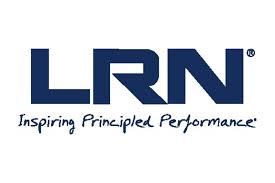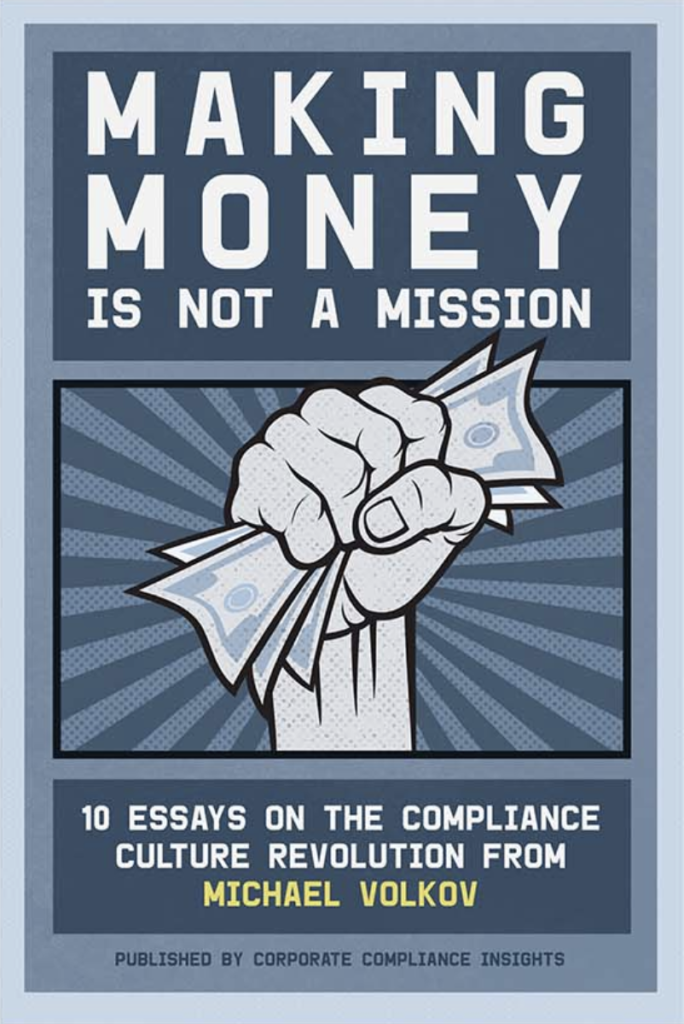LRN’s Code of Conduct Report: Tracking Innovation and Usage

LRN consistently provides high-quality reports and important insights on ethics and compliance trends. Each year, LRN’s Program Effectiveness Report is anticipated as an important source of cutting-edge ethics and compliance initiatives.
A company’s code of conduct stands as the foundation of every ethics and compliance program. It is a document that should be publicized, cited for its values and principles, and promoted as an essential tool for company actors to embed a culture of ethics and compliance.
Here are some of the highlights from LRN’s Report:
Code of Conduct Innovations
With industry innovations and government support, organizations have moved away from lengthy, legalistic codes of conduct to digital PDFs, and even web-based codes of conduct. Many organizations have promoted the accessibility of their codes of conduct with strong statements of ethical principles and values, while presenting colorful, shorter and targeted guidance on legal and ethical compliance.
Some companies are even adopting a web-based code of conduct and tracking interactions with the code to measure engagement, issues of interest, and enhanced accessibility. Web-based access to codes of conduct stretches to mobile phone accessibility.

Despite these innovations, the LRN report notes that employees are resisting the use of these innovative capabilities. Specifically, the LRN Report noted that employees surveyed are 1.7 times more likely to prefer to view their code as a PDF on their computer, as opposed to a web-based or mobile experience.
Code Usage Rates
Employee usage of codes of conduct showed varying rates across geographic and industries — employees in India, China and Australia have the highest usage rates of the code of conduct, 47 percent, 40 percent and 38 percent, respectively, reporting using the code of conduct as a resource “very often.” Interestingly, 35 percent of employees in the Netherlands reported not consulting the code of conduct.
China and India had the highest percentage of employees reporting that they received training on their company’s code of conduct – 97% and 91%, respectively – whereas the Netherlands had the lowest percentage for this question at 64%. This leads to the logical conclusion that training on the code is a huge factor in making it a usable document that employees will refer to repeatedly. With respect to organization type, government and nonprofit organizations admitted to using their code of conduct – only 50% and 54%, respectively.
Leadership Disconnect
The LRN Report uncovered a significant gap between the perceptions and attitudes around the code of conduct by senior leaders versus middle management and front-line managers/individual contributors. More than 8 out of 10 senior leaders say they use the code as a resource and believe leaders follow the code. This compares with about 7 in 10 middle managers and about 6 in 10 front-line managers/individual contributors.

This same pattern occurred across the levels of leadership and perceived compliance rates: 90% of senior leaders believe leaders in their organization follow the code of conduct. This compares to 81% of middle managers and only 69% of front-line managers/individual contributors. We observed similar gaps when asked if their manager talks about the code of conduct – 88% of senior leaders, 74% of middle managers, and only 58% of front-line managers/individual contributors.
Generational Divide
The LRN Report confirmed what everyone suspects — a generational divide exists among employees. In a prior Report, LRN cited the fact that Gen Z is 2.5x more likely to agree that it is okay to bend the rules if needed to get the job done compared to work colleagues in the Boomer generation. Interestingly, Gen Z employees reported consulting their codes of conduct more than Boomers. Indeed, Boomers are the least likely employee generation to use their codes as a resource, 42 percent. This could reflect the fact that Boomers may rely on prior experience and judgment rather than consulting the code of conduct for specific guidance.
Hybrid Working
The LRN Report confirms that employees strongly support hybrid working arrangements as “the sweet spot.” The flexibility between face time and avoidance of commute time was universally praised by employers and employees. Hybrid employees maintain the highest rate of engagement with a company’s code of conduct.















